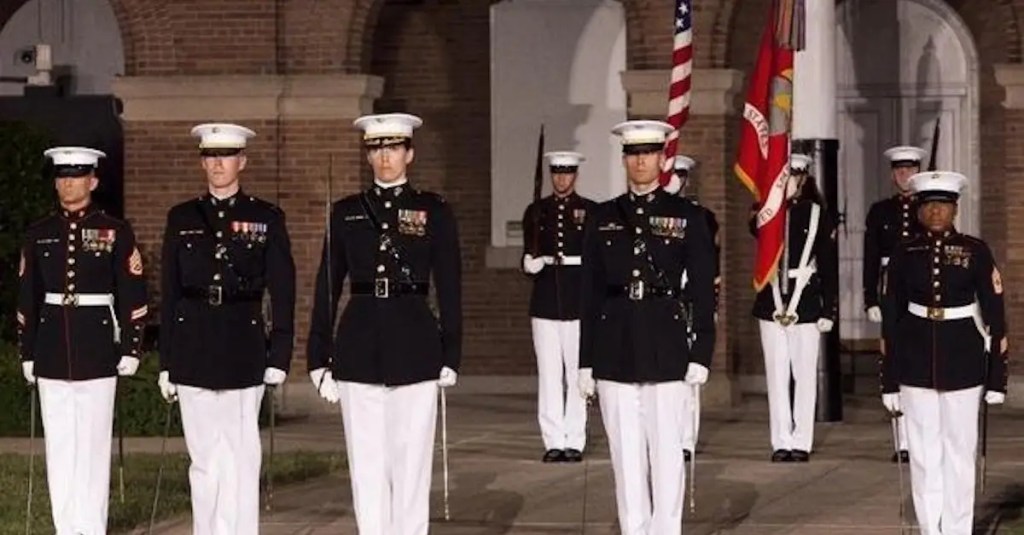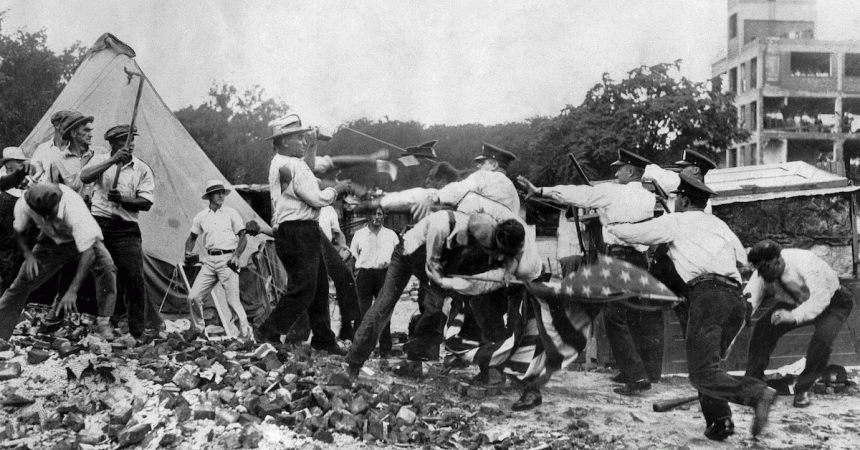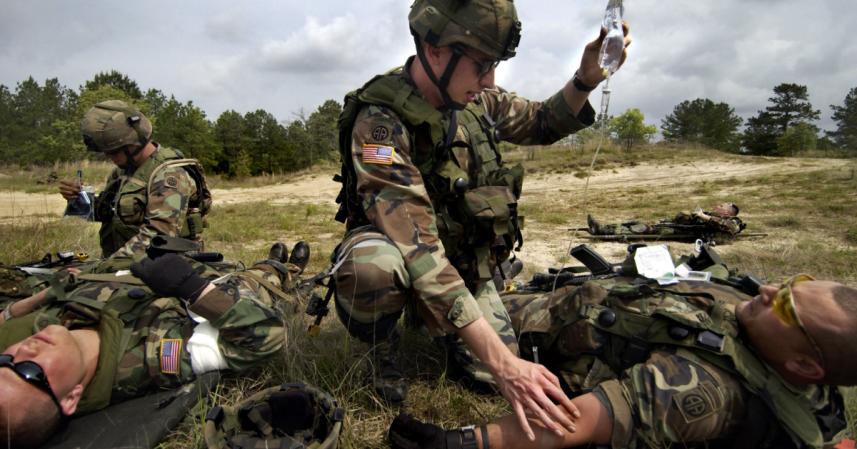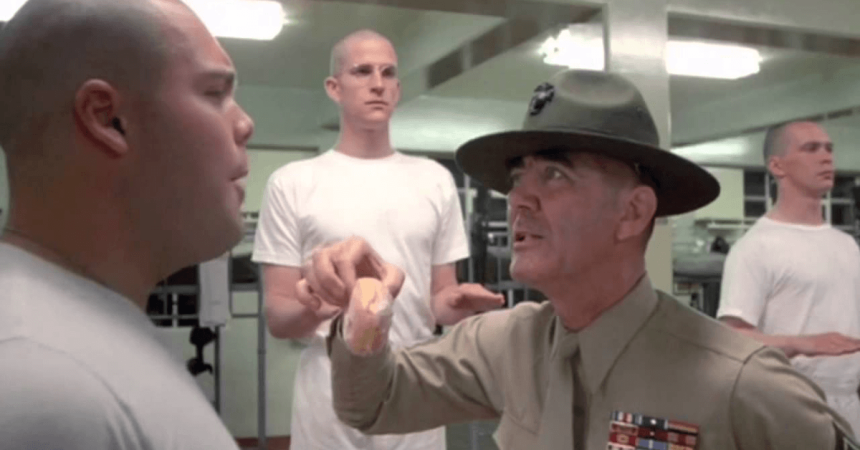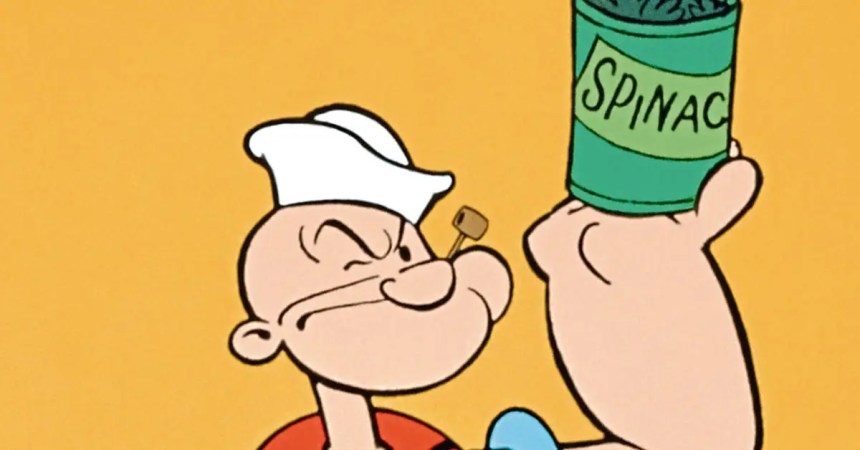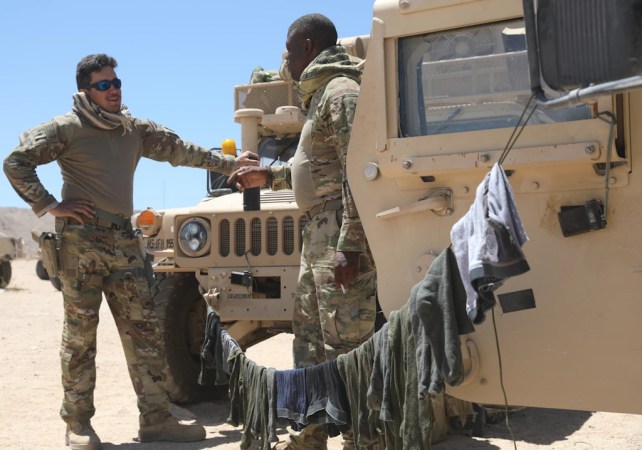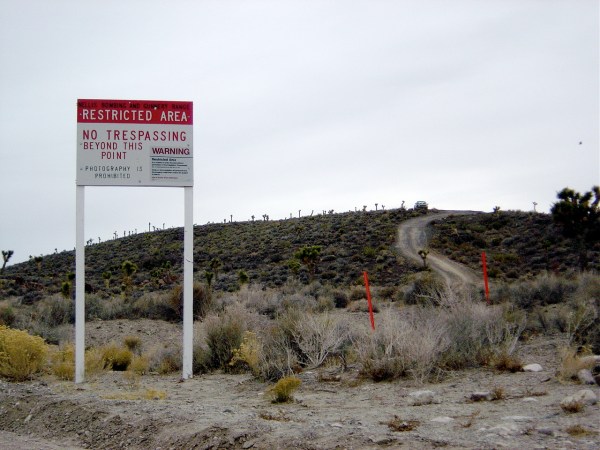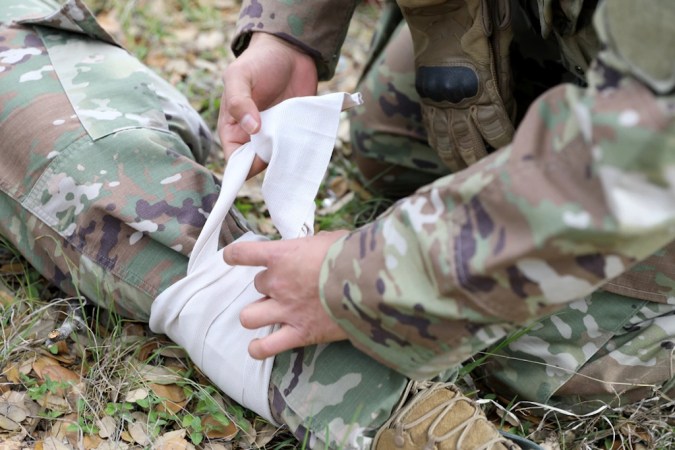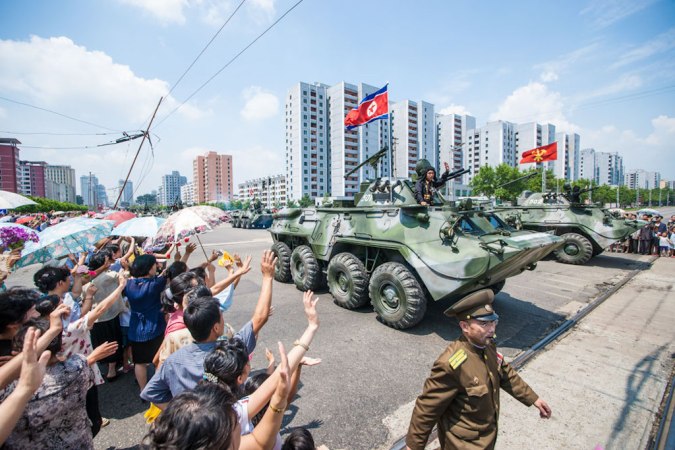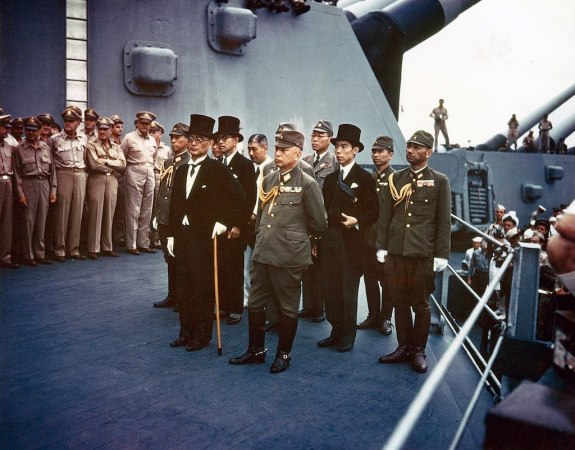“Nothing sexier than a man in a fine cravat,” the beautiful and mysterious woman said flirtatiously.
“Except for a woman who appreciates a fine cravat,” Barney Stinson responded confidently.
“How about we just call it a tie?” The woman joked. The two laughed and the 17th episode of season 5 of How I Met Your Mother continued. But what is a cravat, why is it called that, and why is it the same thing as a tie? For that answer, we have to go back to the 17th century and a hired boost in military power.

The Thirty Years’ War was fought from 1618-1648 primarily in Central Europe. France entered the war in 1635 and, in order to augment his own forces, King Louis XIII hired Croatian mercenaries from the Croatian Military Frontier to fight for him. These mercenaries wore traditional knotted neckerchiefs which tied the tops of their jackets. Although they were designed to be purely functional, the ties had a decorative effect that piqued the interest of the ever fashion-conscious Parisians. In fact, the Croatian neckties caught the attention of the king who found them rather appealing. He liked the garment so much that he made the ties a mandatory accessory for royal gatherings. In honor of the Croats who introduced the ties, he named the garment “la cravate”—derived from the French word Croates meaning Croats.
Following the introduction of the tie and the death of King Louis XIII, the boy-king Louis XIV began to wear a lace cravat around 1646 at the age of seven. This set the fashion trend for French nobility who quickly donned lace cravats as well. These lace cravats, or jabots, were tied in place by cravat strings, arranged neatly with great time and effort, and tied in a bow. Soon, the trend spread across Europe like wildfire and both men and women were wearing fabric neck pieces as a sign of wealth and status.
In the 18th century, the cravat evolved to include the Steinkirk, a type of cravat designed to be worn in deliberate disarray. Yet again, this fashion trend evolved from the military as a result of the Nine Years’ War. According to Voltaire, the fashion trend originated at the Battle of Steenkerque where the French were attacked by surprise forcing the French gentlemen to hurriedly don their cravats and wear them in disarray throughout the fight.

The 18th century saw another evolution of neckwear with the introduction of stocks in 1715. Stock ties were worn as everyday apparel throughout the 18th and 19th century, but became a more formal garment in the later 19th century. They are still worn today by equestrians, especially in dressage where the ties are often mandatory and required to be white. The term originally applied to a leather collar, laced at the back, and worn by soldiers to promote holding their heads high in a military manner. Leather stocks also served a practical battlefield purpose; the layer of leather around the neck afforded some protection against saber or bayonet strikes. The leather stock saw continued use into the 19th century and gave the United States Marines their nickname of “Leathernecks”. The modern Marine dress uniform pays homage to leather stocks with its stiff standing collar. General William T. Sherman is also seen wearing a leather stock along with his necktie in many of his Civil War-era photographs.
The industrial revolution saw the demand for neckwear that was easier to put on, more comfortable, and could last an entire work day without needing to be readjusted. This demand was met with the traditional long necktie that we are familiar with today. Neckwear has come a long way from King Louis XIII’s adoption of the cravat and its evolution and constant influence by the military is a bit of sartorial history that we can still see today.


